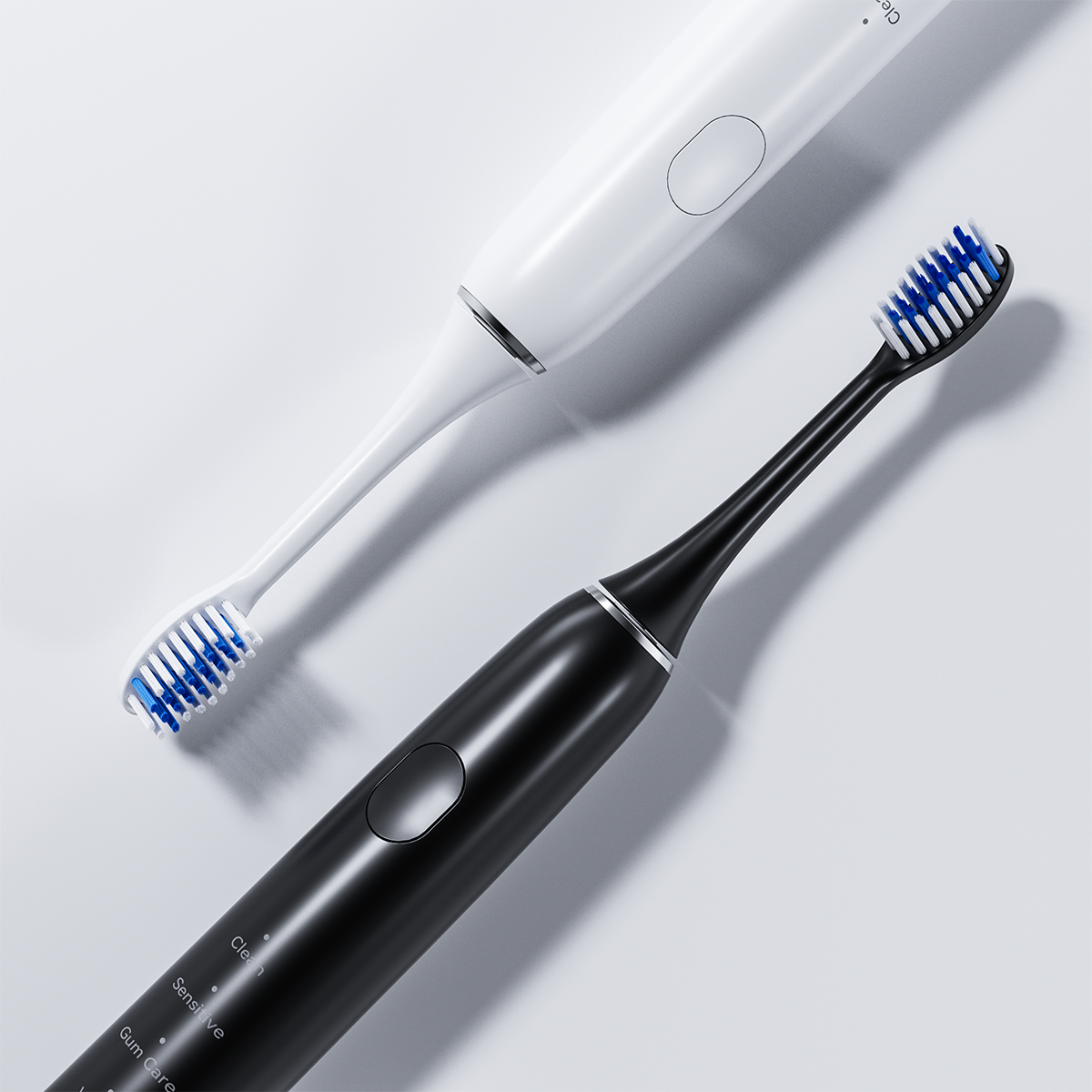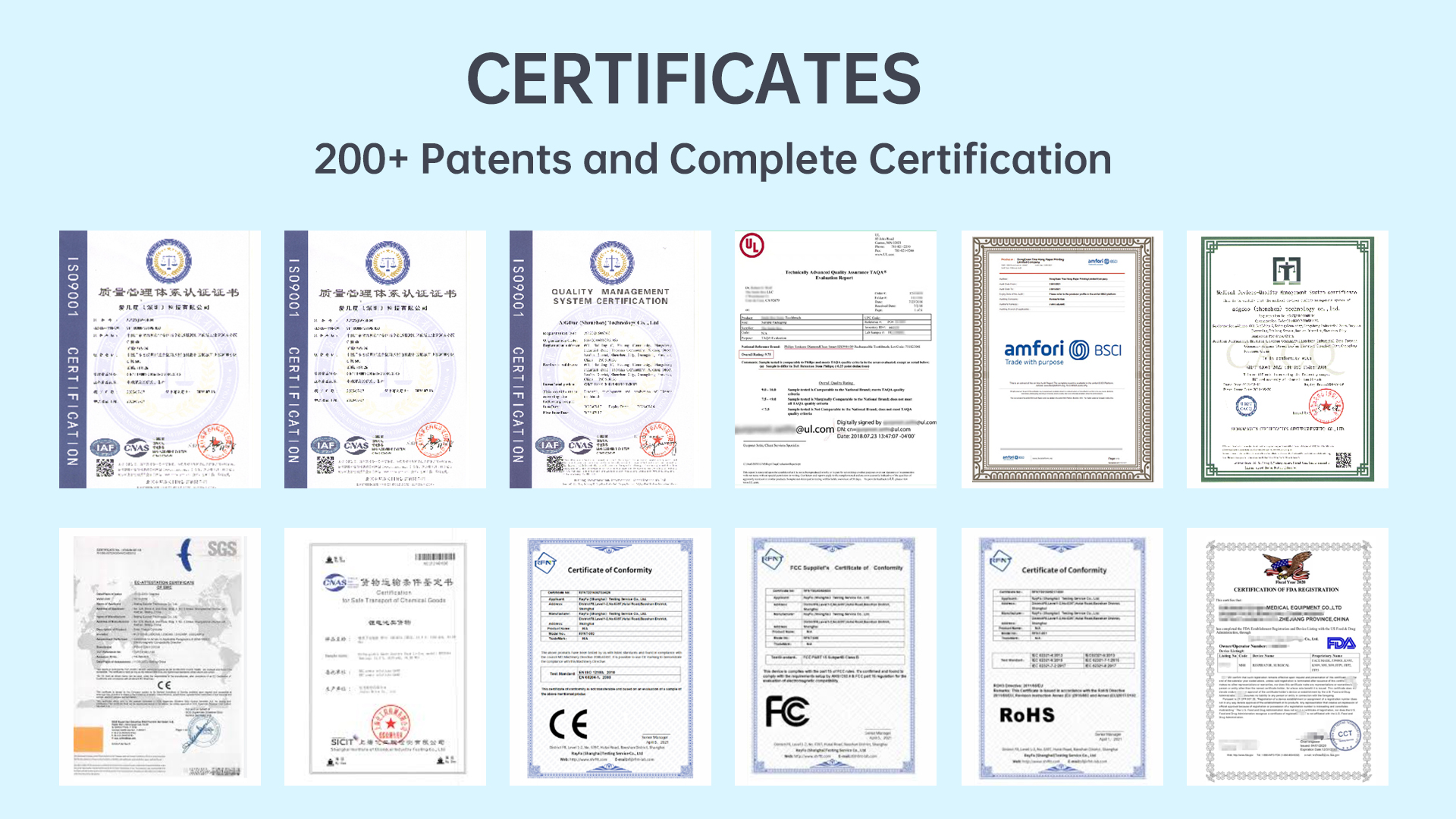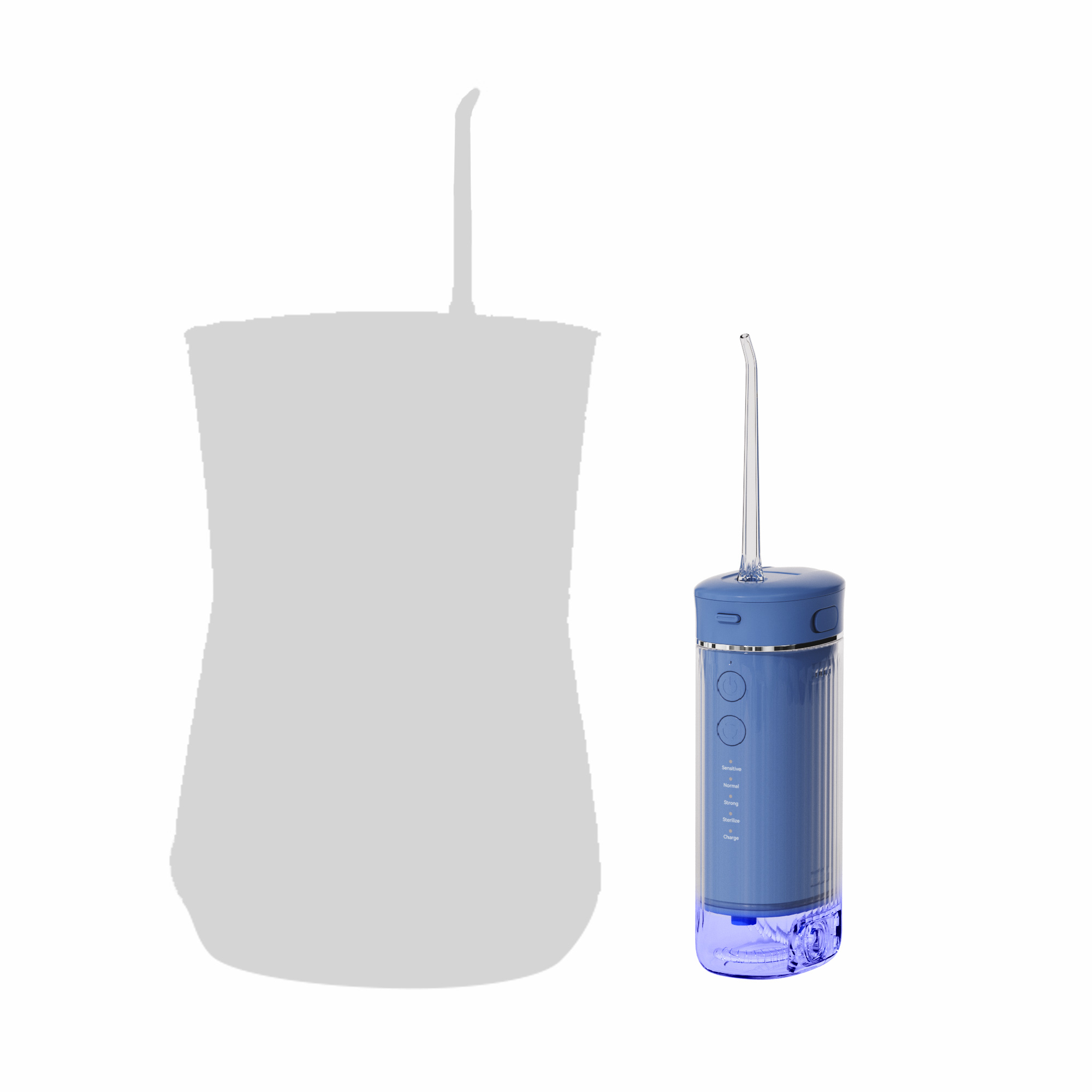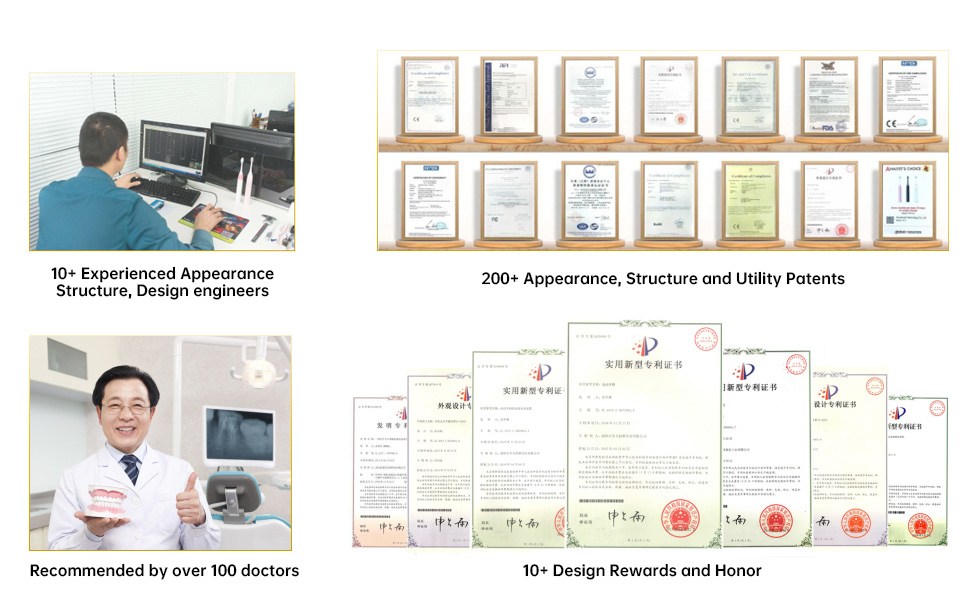In precision-driven devices such as electric toothbrushes, water flossers, and personal care equipment, maintaining stable performance is paramount. However, Noise Increase—whether electrical or mechanical—has become a critical concern, as it may directly contribute to Vibration Inconsistency. This article will thoroughly explore how these two factors interact, why manufacturers should care, and what measures can prevent performance degradation caused by their relationship.
In B2B manufacturing of smart or powered devices, “noise” does not simply refer to sound. It also includes:
This Noise Increase can generate disturbances in sensor feedback loops, motor operation, and even user-perceived performance—laying the foundation for potential Vibration Inconsistency in the product.
The relationship between Noise Increase and Vibration Inconsistency is closer than it may first appear:
Thus, a seemingly minor Noise Increase can escalate into severe Vibration Inconsistency, affecting device reliability and consumer satisfaction.
When Vibration Inconsistency manifests in a product, the consequences for B2B clients and end-users can be significant:
Therefore, controlling Noise Increase is not just a technical detail but a crucial quality concern.
Several factors in design, production, and usage can lead to these problems:
B2B manufacturers can adopt several effective strategies to break the link between Noise Increase and Vibration Inconsistency:
In the fiercely competitive personal care and small appliance markets, ignoring the connection between Noise Increase and Vibration Inconsistency risks not only product performance but also brand reputation. For B2B suppliers, proactively controlling these factors can ensure better durability, lower return rates, and greater satisfaction for end users.
By addressing both electrical and mechanical noise at the source, manufacturers can maintain vibration consistency, ensuring their products meet the highest quality and functionality standards demanded by global markets.Contact us


Can Smart Timer Improve Brushing Compliance?
Gel Leakage Causing Chemical Burns – Still Ignoring It?
Gum Bleeding from Enamel Scratches – Time to Panic?

Oral Care Brand Expansion Guide

Magnetic Levitation Toothbrush Factory: Premium OEM Services

What Are the Advantages of Cooperating with FDA certificated factories?
Bristle Hardening Inducing Gum Recession – Brushing or Destroying?

Space-Saving Oral Care: Compact Electric Toothbrush Designs

About Powsmart

How Does the Powsmart Kids Toothbrush with Fun Timer Toothbrush Engage Through Games?

Water Flosser Toothbrush Combo: 2-in-1 Oral Care Solution
1-scaled.jpg)
How Can Brand Owners Partner with Reliable Teeth Whitening Device Factories to Create Differentiated Products?

IPX7 Waterproof Electric Toothbrush Manufacturing for Kids & Adults

electric toothbrush factory evaluation standards- 5 Must-Read Criteria for Brand Owners

Does Wireless Charging Toothbrush IPX7 Release Material Toxicity?
.jpg)
Ultraviolet sterilizing oral irrigator: Becoming the New Market Favorite?

electric toothbrush heads Charcoal Infuse-Round

Electric toothbrush heads Charcoal Infused-Diamond

electric toothbrush heads Deep Clean

Private Label Whitening Gel

electric toothbrush heads Regular Clean

electric toothbrush heads Ultra Soft
.jpg)
Florida Electric Toothbrush – Powsmart PTR-C8

Customization Teeth Whitening Gel
whstapp
whstapp
National Toll-Free Service Hotline
+86 755 86238638